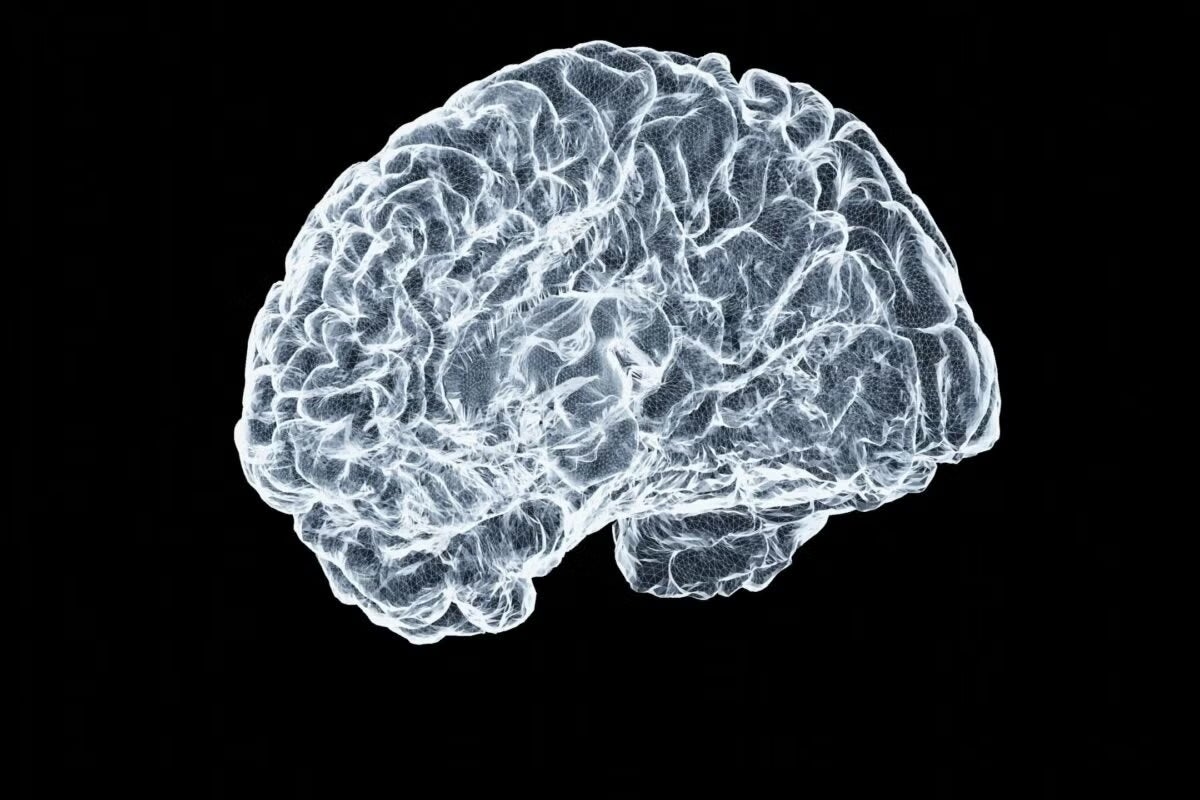Researchers Identify Promising Combination Therapy for Common Blood Cancer
By exploiting the metabolism of cancer cells, researchers can make hard-to-treat cancers more susceptible to existing drugs.

Image courtesy of the U.S. Centers for Disease Control.
Over the past 50 years, survival rates for a group of blood cancers known as myelodysplastic syndrome (MDS) have not improved, despite the efforts of doctors and scientists. Now, researchers at The University of Texas at Austin, MD Anderson Cancer Center and the Montefiore Einstein Comprehensive Cancer Center have uncovered a combination drug therapy that yielded promising results in a recently published clinical trial in Nature Cancer.
MDS cancer cells, as well as cells in certain other cancers, rely heavily on metabolizing glutamine, the most abundant amino acid in the blood. Scientists realized that an investigational drug, CB-839, might weaken MDS cancer cells because it targets the enzyme glutaminase, which catalyzes the first step in glutamine metabolism.
“Cell metabolomics is a promising area of study in cancer research, particularly for hard-to-treat cancers like myelodysplastic syndromes (MDS). It uncovers the metabolic dependencies that cancer cells rely on for survival,” said Stefano Tiziani, professor of nutritional sciences, oncology and pediatrics at UT Austin and a corresponding author on the study. “This approach opens new therapeutic avenues by attacking cancer’s altered metabolism, offering hope for more effective treatments.”
By combining CB-839 with azacytidine, a drug that kills rapidly dividing cells and is typically used to treat MDS, researchers saw promising results for patients with one of the most common types of blood cancer. In the clinical trial, 28 patients with advanced MDS were treated with CB-839 and azacytidine. The therapy was well tolerated and led to 70% of patients experiencing a partial or complete response. After analyzing blood samples following treatment, the researchers found that the combined therapy helped patients produce normal blood cells, a process often disrupted in MDS.
MDS typically affects people over the age of 70. About 20,000 people in the United States are diagnosed with MDS each year and about 10,000 people die from it.
The study noted that a separate analysis of blood samples taken from MDS patients and patients with another blood cancer, acute myeloid leukemia, found that levels of SLC38A1—a protein that transports glutamine within cells—are elevated in patients with poor treatment outcomes, suggesting that SLC38A1 could be a useful biomarker for assessing how well patients are responding to therapy and for personalizing treatment strategies. Most notably, the study shows that the enzyme GLS and the protein SLC38A1 are important in fueling the progression of MDS—and that targeting those molecules could transform how both blood cancers are treated and significantly improve patient outcomes.
Marina Konopleva and Amit Verma of MECCC were co-corresponding authors on the study. Courtney D. DiNardo, Natalia Baran, Kapil Saxena, Tianyu Cai, Xiaoping Su, Veronica A. Guerra, Vinitha M. Kuruvilla, Sergej Konoplev, Qing Deng, Michael R. Green, George D. Tippett, Jan Burger, Gautam Borthakur, Elias Jabbour, Naveen Pemmaraju, Tapan Kadia, Steven Kornblau, Naval G. Daver, Kiran Naqvi, Nicholas J. Short and Guillermo Garcia-Manero of MD Anderson Cancer Center, Divij Verma, Tushar D. Bhagat, Anna Skwarska, Gowri Poigaialwar, Shanisha Gordon-Mitchell, Kith Pradhan, Srinivas Aluri, Sovira Chaudhry, Gaurav S. Choudhary, Srabani Sahu, Mason Spodek, Victor Thiruthuvanathan, Britta Will and Ulrich Steidl of Albert Einstein College of Medicine; Alessia Lodi, G. Lavender Hackman, Meghan Collins, Shannon R. Sweeney, Jonathan Busquets and Atul Singh Rathore of UT Austin; Steven Grant of Virginia Commonwealth University; Susan Demo of Calithera Biosciences; and Beamon Agarwal of GenomeRxUS were also authors on the paper.
The research was funded by the National Institutes of Health, the MD Anderson Cancer Center Leukemia SPORE, Calithera Biosciences and the Leukemia and Lymphoma Society.
Adapted with permission from a post by the Montefiore Einstein Comprehensive Cancer Center.



